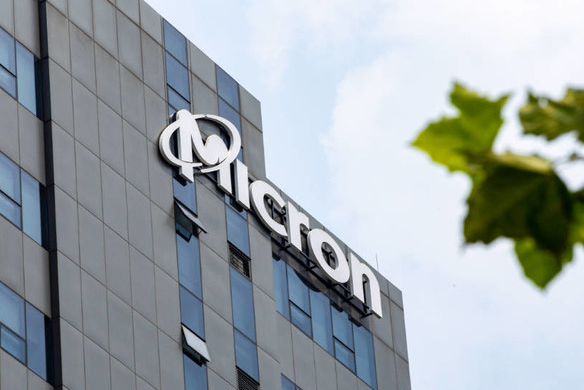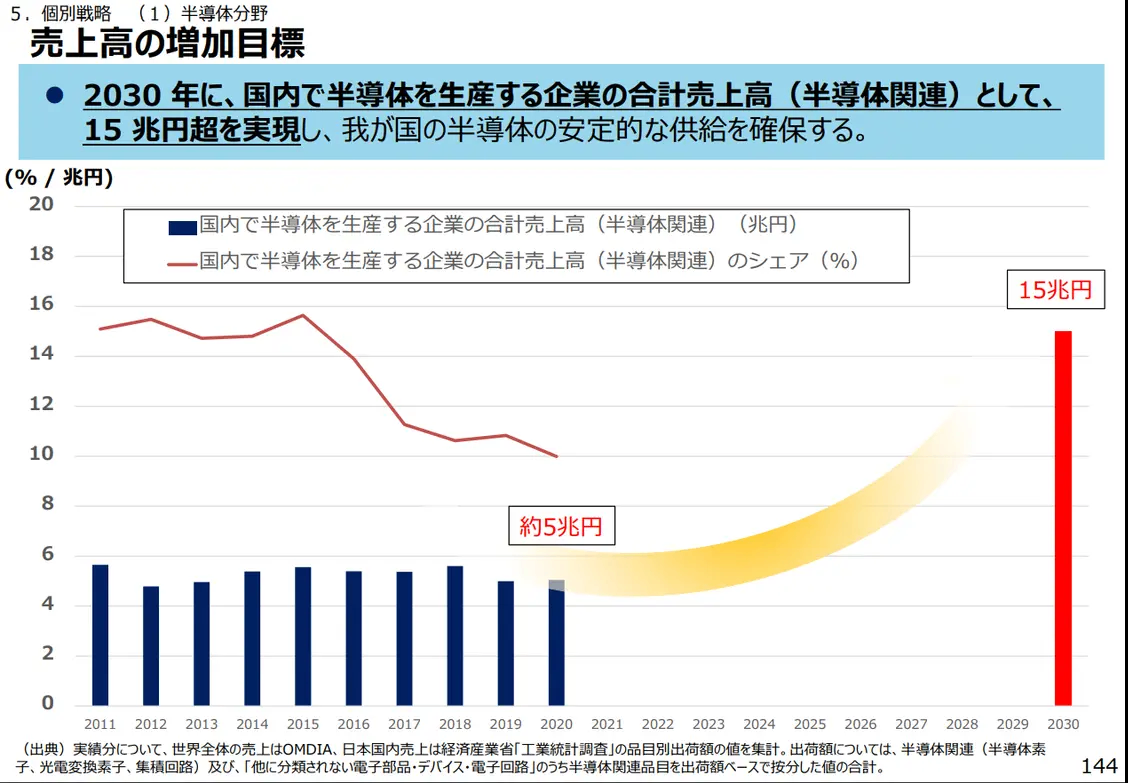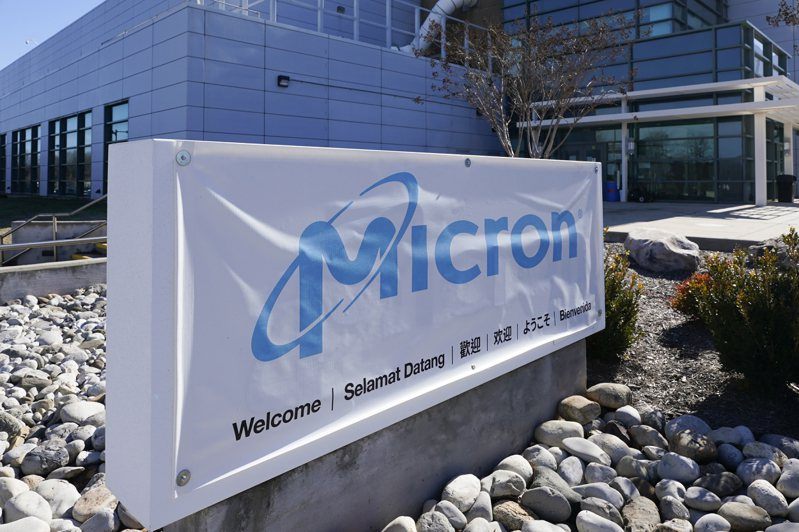Micron To Invest Over $5bn In Its New Plant In Japan
Micron Technology plans to build a new DRAM chip plant in Japan's Hiroshima Prefecture, which will be operational as soon as the end of 2027, with construction of the plant officially starting in early 2026.
On May 28, it was reported that American chip giant Micron Technology plans to build a new DRAM chip factory in Hiroshima Prefecture, Japan, with operations expected to begin as early as the end of 2027. The total investment is estimated to be between 600 and 800 billion yen (approximately 3.8 to 5.1 billion USD).
The construction of the factory is set to officially start in early 2026 and will be equipped with advanced Extreme Ultraviolet (EUV) lithography systems to support production. This technology will significantly improve production efficiency and product quality, thereby bolstering the development of Japan’s own AGI, data centers, and autonomous driving technologies.
Initially, Micron had plans to establish a factory in Japan, hoping for it to be operational by 2024 and to start producing the most advanced DRAM product “1γ (Gamma)” by 2025, while also beginning research on High Bandwidth Memory (HBM) necessary for AGI. However, due to various challenges and uncertainties in the current market environment, the company adjusted its original timeline.

In recent years, reflecting on the loss of its leading position in the semiconductor industry over the past 30 years and considering the geopolitical instability, the Japanese government decided to make significant adjustments to its semiconductor industry policy. This includes substantially increasing policy subsidies to the semiconductor industry, aiming to restore its competitiveness and influence in the global semiconductor market. This move is also expected to help alleviate domestic supply and demand imbalances amid the country's aging population, gradually returning Japan to a leading position in technology.
For example, in June 2023, the Ministry of Economy, Trade and Industry of Japan revised the “Semiconductor and Digital Industry Strategy,” stating its plan to double the sales of the domestic semiconductor industry to 15 trillion yen (approximately 95.6 billion USD) by 2030. Over the past three years, the Japanese government has already invested about 3.9 trillion yen (approximately 25.7 billion USD) in subsidies for the semiconductor industry, an amount equivalent to 0.71% of Japan’s GDP.
For Micron Technology, the company has previously made multiple investments in Japan. In October 2023, Micron announced an investment of over 500 billion yen (approximately 3.2 billion USD) in Japan, introducing Extreme Ultraviolet (EUV) lithography equipment from the Dutch company ASML for the manufacture of advanced chips.

At the same time, Japan’s Ministry of Economy, Trade and Industry announced that it would provide up to 192 billion yen (approximately 1.3 billion USD) in subsidies for Micron Technology’s memory chip project at the Hiroshima plant to support its development of next-generation chips in Japan. About 167 billion yen (approximately 1.1 billion USD) of this will directly subsidize the production of next-generation DRAM, covering one-third of Micron’s capital investment in the Hiroshima plant’s production line; the remaining 25 billion yen (approximately 0.16 billion USD) will support research and development of next-generation chip products, covering about half of the R&D costs.
Specifically, the subsidies from the Japanese government have created an excellent environment for a “win-win” situation for both parties. On one hand, it strengthens Micron’s position in the global memory chip market; on the other hand, it enhances Japan’s supply of cutting-edge chips needed for future economic security. Most importantly, the completion and operation of the new factory will create numerous job opportunities locally, further boosting Japan’s capabilities in the semiconductor field.
As a leading player in the global semiconductor industry, Micron Technology offers a range of products including DRAM, NAND flash memory, CMOS image sensors, and various semiconductor components and memory modules. These are used in advanced computing, consumer electronics, networking, and mobile devices, providing high-performance and reliable storage solutions to users worldwide.
Since acquiring Japanese DRAM manufacturer Elpida in 2013, Micron has employed over 4,000 engineers and technical personnel in Japan. The establishment of this new factory will further enhance the company’s R&D and production capabilities in the region, significantly impacting Japan’s semiconductor industry and potentially boosting Japan’s competitiveness in the global semiconductor market.

·Original
Disclaimer: The views in this article are from the original Creator and do not represent the views or position of Hawk Insight. The content of the article is for reference, communication and learning only, and does not constitute investment advice. If it involves copyright issues, please contact us for deletion.